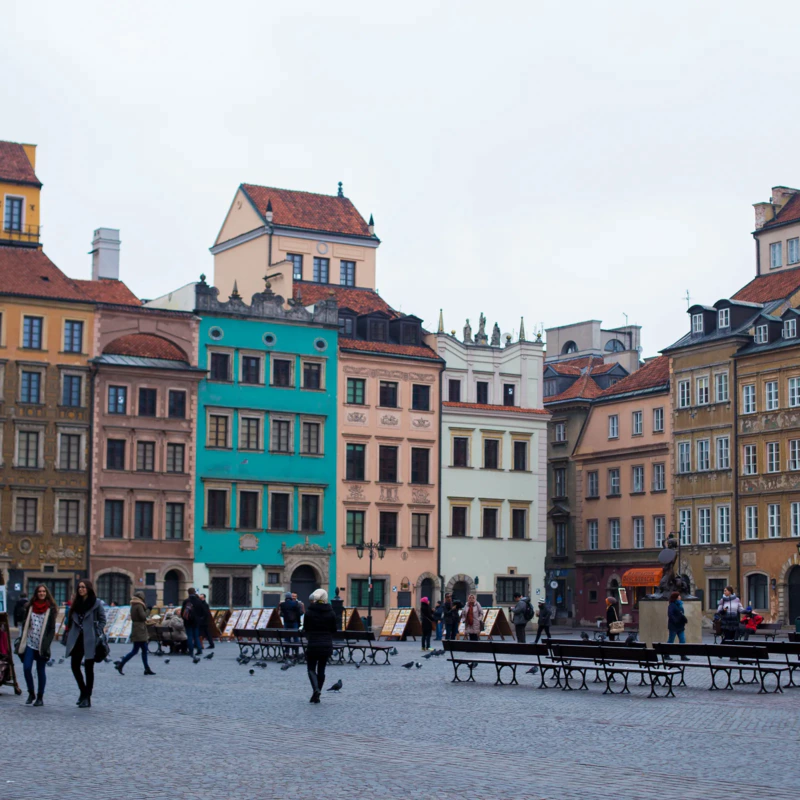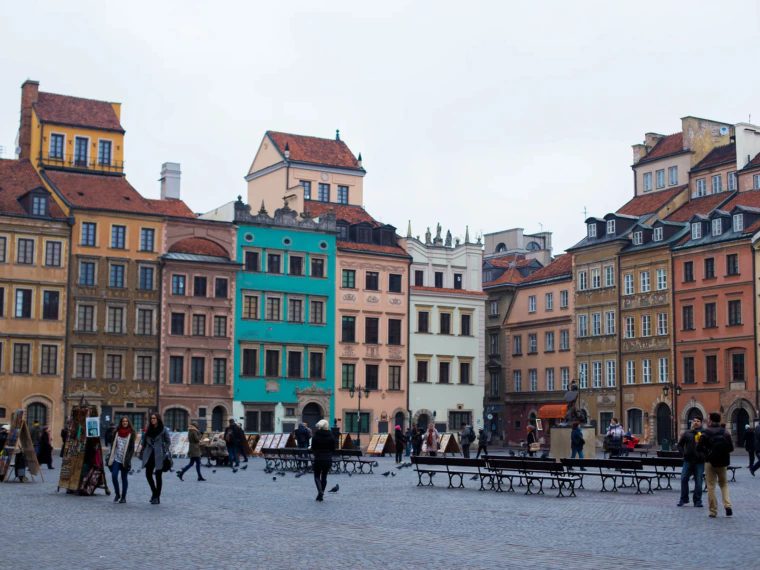About this tour
This Long Study Tour explores how Poland’s two major cities expose the tensions and fractures at the heart of Europe’s security order. During both the Second World War and the Cold War, Poland was not only a battlefield but also a barometer of Europe’s broader dilemmas.
Warsaw, almost completely destroyed in 1944 and rebuilt as a socialist showcase capital, demonstrates how destruction and reconstruction became tools of political power. The rebuilt Old Town and the Palace of Culture reflect deliberate efforts to shape collective memory and identity. Kraków, by contrast, survived the war largely intact, yet the memory of Auschwitz nearby cast a heavy shadow over the city. In the Cold War years, the planned “counter-city” of Nowa Huta sought to impose a new communist identity, but its failure left Kraków with layered and competing legacies.
By visiting both cities, you analyze how war and ideology reshaped security, identity, and memory, dynamics that remain urgent today.
Study tour note
This study tour will last take place in the spring 2026 semester.
Learning Outcomes
- Understand different war legacies: Compare how Warsaw and Kraków experienced and remember the Second World War and the Cold War
- See ideology in the city: Explore how Warsaw’s reconstruction and Kraków’s Nowa Huta reflect political power and social control
- Read memory in monuments and museums: Reflect on how cityscapes and cultural sites shape our understanding of war, security, and history
Possible Activities
- Walking tour of Warsaw Ghetto sites including Monument to the Ghetto Heroes and Umschlagplatz
- Full-day visit to Auschwitz-Bikenau
- Guided tour of Nowa Huta and its underground shelter

